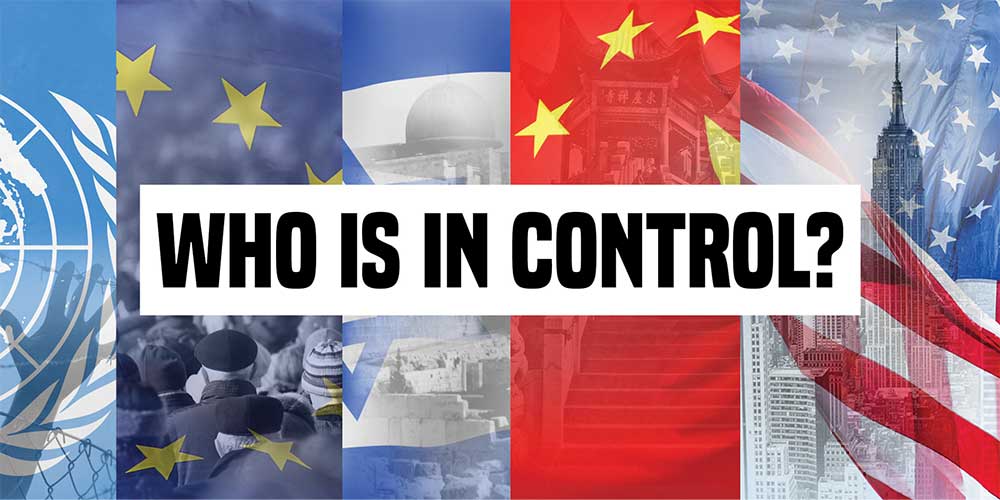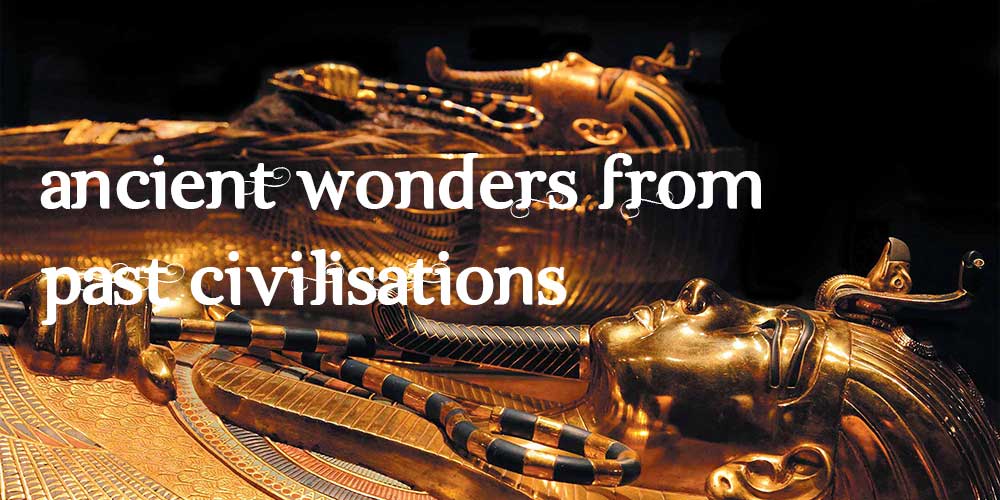
The Upside Down Kingdom
In our previous study we discovered that God is building a global community for the restoration and revelation of His love. The New Testament calls this community “the church of the living God, the pillar and ground of the truth” (1 Timothy 3:15). The singular truth upon which Jesus founded His church is the reality of His self-giving, non-coercive love (Matthew 16:16-18). Now we will discover that Scripture foretold a great apostasy that would attempt to eclipse the truth upon which Christ founded His church.
READ AND DISCUSS LUKE 22:24-30 WITH THE FOLLOWING QUESTIONS:
What were the disciples arguing about? “Which of them should be considered the _____________.”
How did Jesus describe the principle by which the kings of this world govern? “Lordship _________” and “authority __________.”
How did Jesus describe the principle by which His kingdom operates? “He who is ____________ among you, let him be as the younger, and he who governs as he who ____________.”
As the great King of the universe, what are the two words Jesus used in Matthew 11:29 to describe the kind of person He is? “I am _____________ and ______________ in heart.”
Portraying Himself as “the master” in Luke 12:37, how did Jesus describe the manner in which He will relate to us in His eternal kingdom? ___________.
John 13 opens by stating of Jesus, “having __________ His own who were in the world, He _________ them to the _______” (verse 1). Then Jesus did something remarkable to illustrate the exalted nature of His love: He wrapped a towel around His waist, filled a basin with water, got on His knees, and washed the dirty feet of His disciples (verses 2-5). After this, Jesus said in John 14:9, “He who has seen Me has seen the ______________.”
Finally, Jesus voluntarily submitted Himself to the violent rage of those He came to save, thus giving the zenith revelation of God’s character and kingdom. What is sometimes called “the myth of redemptive violence” is the notion that responding to violence with violence will end the violence. By dying on the cross Jesus set in motion the only principle of action capable of stopping the cycle of violence: self-sacrificing, nonviolent love, which only returns good for evil. Discuss this principle as explained in Luke 6:27-38 and 1 Peter 2:21-24.
Clearly, then, Jesus founded His church on the principle of self-giving love. He demonstrated a power-under rather than a power-over method of governance, in which greatness is measured in terms of serving others, and in which self-sacrifice triumphs over force. His is what we might call the upside down kingdom: greatness is defined as humility, elevation as service, and power as love. This is how God’s universe is made to function.
Falling Away
In 2 Thessalonians 2 Paul revealed that there would be a “falling away” (verse 3), an apostasia in the Greek, from which we get the English word apostasy, which means to abandon the truth. The insidious thing about this apostasy is that it would not take the form of a blatant, open abandonment of the truth, but rather the setting up of a false church masquerading as the true. Paul explained that the apostasy would be led by a self-exalting personage described as “the man of sin . . . the son of perdition, who opposes and exalts himself above all that is called God or that is worshiped, so that he sits as God in the temple of God, showing himself that he is God” (verses 3-4). Paul foresaw the development of a counterfeit religious system with a man at the center playing God. He then goes on to say, “the mystery of lawlessness is already at work” (verse 7). The coming apostasy would be characterized by “lawlessness,” or anomia, which means against law, or without law —referring to God’s law of self-sacrificing love.
So in order to identify this false religious system, all we need to look for in history is a professedly Christian power that exalts man to the place of God and advances an agenda against God’s law. It’s an easy shoe to fit. But first let’s turn to the prophet Daniel, who long before Paul foretold the same apostasy.
The Little Horn
The prophet Daniel had a vision in which he saw that “the four winds of heaven were stirring up the great sea. And four great beasts came up from the sea, each different from the other” (Daniel 7:2-3).
What do the four “beasts” of Daniel’s vision represent? Daniel 7:17, 23 ________________.
What do “winds” represent? Jeremiah 25:32; 49:36-37 __________________.
What do “seas” represent? Revelation 17:15 ______________.
Now read Daniel 7:4-7. Daniel lived and wrote his prophecies as a captive in Babylon under King Nebuchadnezzar. He understood that the head of gold in the king’s dream and the lion in his own vision both symbolized Babylon (2:36-40). From our position in history, we know the complete succession of kingdoms.
The Lion represents Babylon (Jeremiah 4:7; 50:17, 43-44). The wings on the lion indicate speed of conquest (Deuteronomy 28:49).
The Bear is the empire of Media-Persia, raised up on one side because the Persians were stronger than the Medes. The three ribs in the bear’s mouth are the three provinces conquered by Media-Persia: Babylon, Lydia, and Egypt.
The Leopard is the Greek Empire, depicted with four wings to indicate the tremendous speed with which Alexander the Great conquered the Persian Empire and every other kingdom in his path. The four heads on the leopard represent the four kingdoms into which the Grecian Empire was divided after Alexander’s death, ruled by his four generals: Cassander, Lysimachus, Ptolemy and Seleucus.
The Dreadful Beast with iron teeth is the Roman Empire, which conquered Greece. The ten horns represent the ten principle kingdoms of Western Europe that arose out of the Roman Empire as it crumbled: the Visigoths (Spain); the Anglo-Saxons (England); the Franks (France); the Alemanni (Germany); the Burgundians (Switzerland); the Lombards (Italy); Suevi (Portugal); Heruli (destroyed); Ostrogoths (destroyed); Vandals (destroyed).
Then Daniel described “another horn, a little horn, coming up among them” (verse 8). Another power would rise to prominence among the ten horns, or among the Western European kingdoms. There is no mistaking what Daniel has revealed to us. As sure as history bears out that Babylon was succeeded by Media-Persia, Media-Persia by Greece, and Greece by Rome, just as certain does the historical record reveal that the pagan Roman Empire was succeeded by the papal Roman Empire, or the Roman Catholic church-state.
Additional characteristics are given to identify the little horn:
1 SELF-EXALTATION. It would speak “pompous words against the Most High” (verses 8, 11, 25). As the pagan Roman Empire crumbled and the
Church of Rome rose to power upon its ruins, the Pope came to occupy the elevated position previously held by the Caesar, claiming to possess the authority of God on earth.
2 FORCE AND VIOLENCE IN GOD’S NAME. It would “make war against” and “persecute the saints of the Most High” (verses 21, 25). For more than a thousand years during its Dark Ages reign, the Roman Church slaughtered an estimated 50 million people who refused to acknowledge its supremacy in matters of conscience.
3 AGAINST GOD’S LAW. It would “intend to change times and law” of the Most High (verse 25). So self-exalted in its power, the Roman Church ventured to delete the second of God’s Ten Commandments, which forbids the worship of images, thus accommodating the adoption of pagan idol worship practices, and she claimed the power to change God’s Sabbath from the seventh day, Saturday, to the first day, Sunday, the day of the pagan sun worship cults.
This prophecy is remarkable and vitally important, not simply because it foretold the existence of the papal church-state, but because it informs us that the colossal system known to history as “Christendom” is not, in fact, the true church of Christ, but rather an apostate, counterfeit system masquerading as His church. By adopting the principles of self-exaltation and force, the Roman Church has horribly misrepresented the character of God. But we can be assured that God is nothing like the Roman Church has portrayed Him to be. In Jesus Christ—as He girds Himself to wash dirty feet and as He willingly gives His life at the cross without retaliation—we see what God is really like.
[CONNECT]
God’s love drives Him to tell us the truth, and His love in us will drive us to hold the truth with humility.
“Knowledge puffs up, but love edifies” (1 Corinthians 8:1). By identifying Catholicism as the “little horn” foretold by Daniel, and as the great apostate power of history foretold by Paul, Scripture is condemning the system, not individual people, and the only reason the system is condemned is because God loves the people so much. A religious system that darkens the character of God by teachings that make Him appear exacting, cruel, and coercive, can only have the effect of generating either slavish fear or outright rebellion against God in human hearts. So the system must be identified for the danger that it is and must be indicted by the standard of God’s love to be false. And yet we who understand these prophecies need to remember something crucially important: none of us are better than the rest of us. We’re all inclined to self-exaltation and disinclined to humility. God loves every member of the human race and Jesus died for all. While the system is warned against as dangerous, the people are cherished by God as precious objects of His love.
[EXPERIENCE]
I want to know God for who He really is, in all His beauty, unobstructed by the false teachings of men who would dare to put themselves in the place of God.
As I learn the meaning of these prophecies, it is my sincere desire to discover the whole truth as it is unfolded in Bible prophecy, while at the same time loving those who do not know the truth.
Phone 1300 300 389























